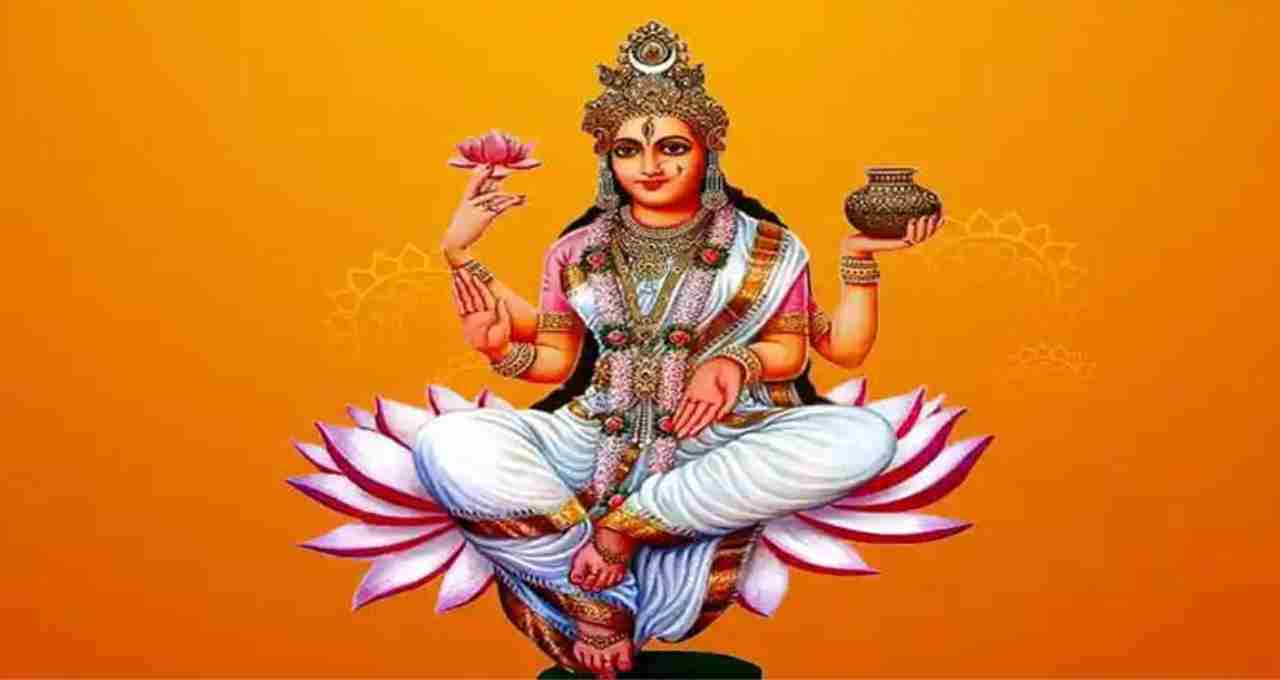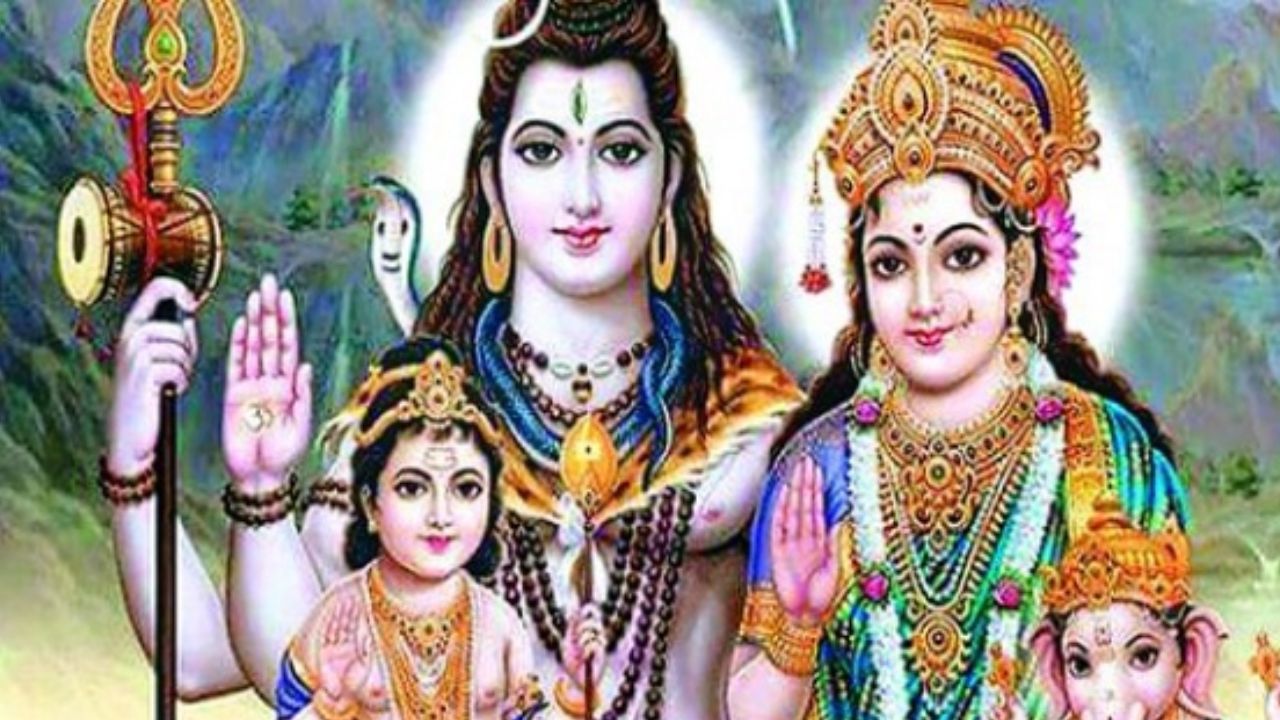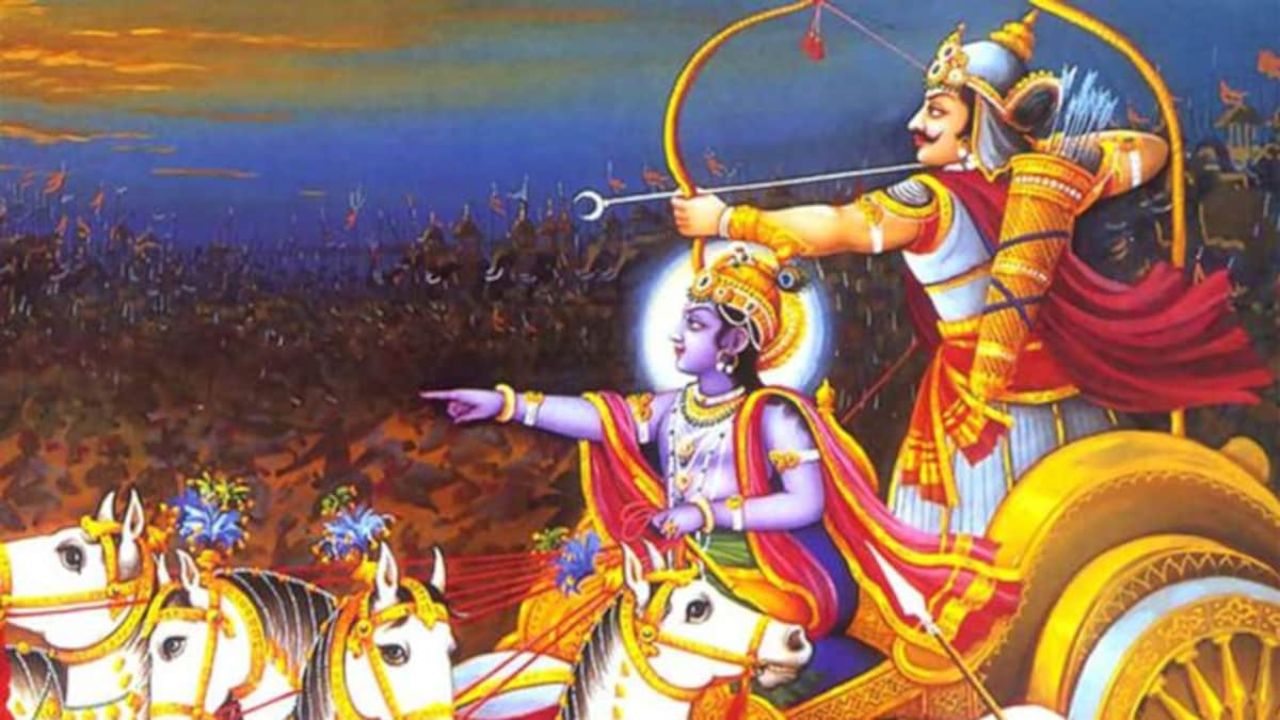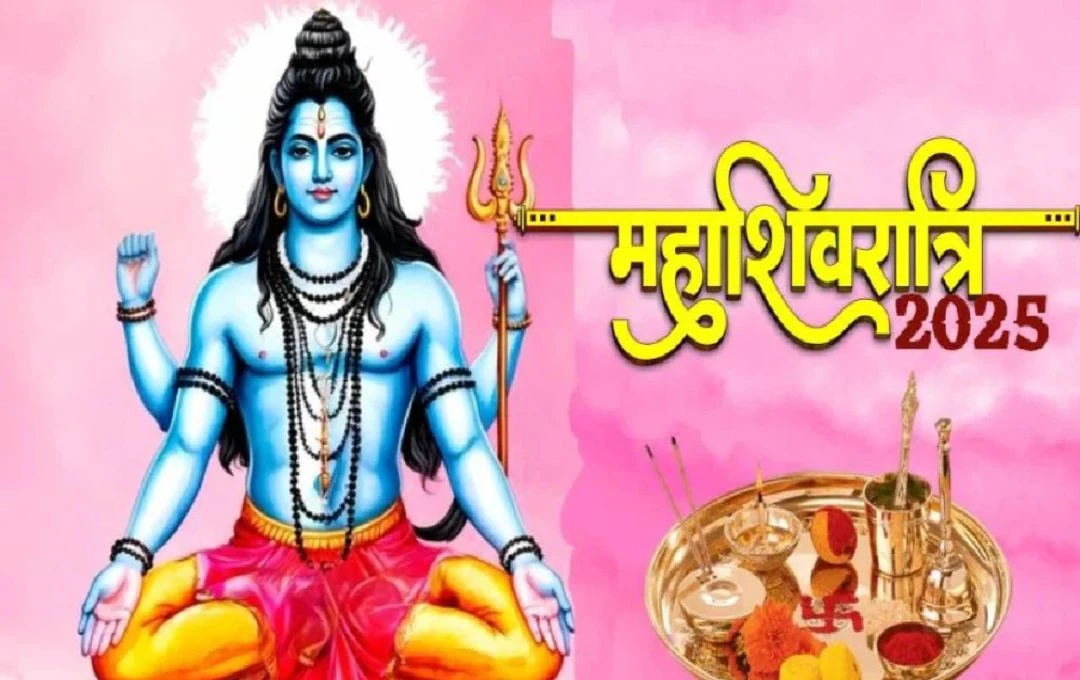Ganga Saptami, celebrated annually on the seventh day of the Shukla Paksha in the Vaisakha month, is being observed across India today, May 3rd, 2025, Saturday, with reverence and faith. This day holds immense religious significance and offers a wonderful opportunity for spiritual upliftment. This date symbolizes the descent of Mother Ganga to Earth, when she descended from heaven, vowing to liberate all beings from sins and grant salvation.
What is the Significance of Ganga Saptami?
Ganga Saptami is also known as Ganga Jayanti, as it marks the day Mother Ganga incarnated on Earth from Brahmaloka. According to mythological beliefs, the rigorous penance and efforts of Maharshi Bhagirath led to Ganga's descent. To prevent her powerful currents from harming the Earth, Lord Shiva held her in his matted locks and then gradually released her to flow onto the earth. This day is celebrated with great fervor in honor of Mother Ganga, the life-giving and liberating force.
Ganga Saptami 2025 Date and Auspicious Muhurta
- Ganga Saptami Tithi Begins: May 3rd, 2025, 5:57 AM
- Tithi Ends: May 4th, 2025, 5:22 AM
- Ganga Snan Muhurta: 10:58 AM to 1:58 PM
- Pooja Muhurta: 11:52 AM to 12:45 PM
- Donation Muhurta: Brahma Muhurta, 4:13 AM to 4:56 AM
Ganga Saptami Puja Vidhi
Worshipping on Ganga Saptami infuses life with positive energy, good fortune, and spiritual purity. Here is a simple and effective Puja Vidhi:
- Prepare a clean space and install an image or statue of Mother Ganga.
- Fill a copper pot with Ganga Jal (Ganges water), placing mango leaves and a coconut on the pot.
- Offer Akshat (unbroken rice), flowers, sandalwood, incense, a lamp, and Naivedya (offerings).
- Chant the following mantras:
- Om Namah Shivaya Gangayai Namah.
- Om Bhagirathi Cha Vidmahe Vishnu Patnyai Dheemahi, Tanno Jahnavi Prachodayat.
- Perform Aarti at the end of the Puja and distribute Prasad (holy offerings).

Auspicious Deeds to Perform on Ganga Saptami
- Ganga Snan or Ganga Jal Snan: If you are near the Ganges River, take a dip. Otherwise, add Ganga Jal to your bathwater.
- Offer Milk and Camphor: Offer milk mixed with Ganga Jal and float a camphor lamp. This brings prosperity and mental peace.
- Abhishekam of Shiva Lingam: Perform Abhishekam (ritual bath) on the Shiva Lingam using Ganga Jal mixed with Bel Patra (Bilva leaves). This grants freedom from debt and increases fortune.
- Special Donations: Donate food, copper, clothes, water vessels, ghee, rice, etc. This pleases ancestors and enhances happiness and peace.
- Pitar Tarpan: Perform Tarpan (ritual offering) in the name of ancestors on the banks of the Ganges. This appeases ancestral debts and brings peace to the home.
Remedies and Miraculous Benefits on Ganga Saptami
- For Wealth Increase: Fill a copper vessel with Ganga Jal, add saffron and a little jaggery, and place it in the northeast corner (Ishaan Kon) of your home. Chant the mantra "Om Shrim Hreem Kleem Mahalakshmyai Namah" 108 times.
- For Debt Relief: Mix black sesame seeds with Ganga Jal and perform Abhishekam on the Shiva Lingam. Chant "Om Namah Shivaya" 108 times.
- To Avoid Negativity: Mix camphor with Ganga Jal and sprinkle it throughout your home. Sprinkle it seven times counter-clockwise around the main door to eliminate negative energy.
- For Conflict Resolution and Family Peace: Perform Tarpan in the name of ancestors and donate simple food, sesame seeds, and clothes to a Brahmin. This promotes family harmony.
Scientific and Spiritual Aspects of Ganga Saptami
Ganga Jal is not merely a religious symbol; it also possesses scientific properties. Research indicates that Ganga Jal contains bioactive agents that keep it pure and bacteria-free for extended periods. This is why it is considered amrita (nectar). Spiritually, it represents the purity of the soul, forgiveness of sins, and a means to progress towards the divine.

Ganga Saptami is not just a festival of rituals; it's also a day to fulfill our responsibility towards our rivers. As sacred rivers like the Ganges face pollution, this festival should inspire a commitment to cleanliness, conservation, and dedication.
The Story of Ganga's Descent (Mythological Tale of Ganga Saptami)
Long ago, there was a powerful king named Sagar of the Ikshvaku dynasty, who had two queens. One queen had sixty thousand sons, while the other, Queen Sumati, had only one son, Asamanjas. King Sagar once organized an Ashwamedha Yagna (horse sacrifice), whose horse was stolen by Lord Indra and tied near the hermitage of Kapil Muni.
At King Sagar's command, his sixty thousand sons searched for the horse and, while digging, reached Kapil Muni's ashram. They accused Kapil Muni of stealing the horse. Enraged by this insult, Kapil Muni, using his ascetic powers, reduced all sixty thousand sons to ashes. When King Sagar learned of this, he sent his grandson Anshuman. Anshuman pleaded for forgiveness from Kapil Muni and retrieved the horse, but he couldn't liberate his ancestors' souls, as they could not attain salvation without the sacred waters of the Ganges.
After Anshuman, his son Dilip, and then Bhagirath, resolved to liberate the souls of their ancestors. King Bhagirath performed rigorous penance for thousands of years. Finally, Lord Brahma appeared and granted permission to bring Mother Ganga to Earth. However, Ganga said that if she descended directly, the force of her current would be too great for the Earth to bear.

Lord Brahma then said that only Lord Shiva could control her flow. Bhagirath then performed penance to Lord Shiva. Shiva was pleased and held Ganga in his matted locks, gradually releasing her to flow onto the earth. Mother Ganga followed Bhagirath, and where his ancestors had been reduced to ashes, she liberated them with her waters. Thus, Ganga granted salvation to the sons of Sagar, and she came to be known as Bhagirathi.
Ganga Saptami 2025 is a wonderful spiritual opportunity to infuse your life with positive energy. This day is a confluence of purity, faith, self-purification, and social responsibility. By worshipping Mother Ganga, we not only gain liberation from sins but also direct our lives towards righteousness and good deeds.














